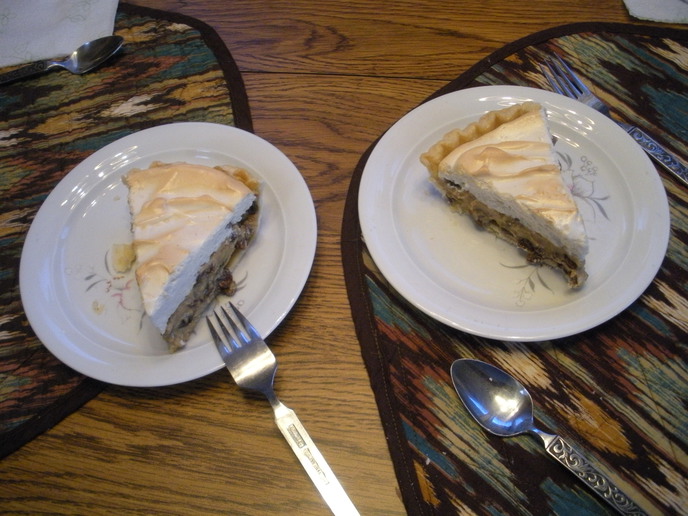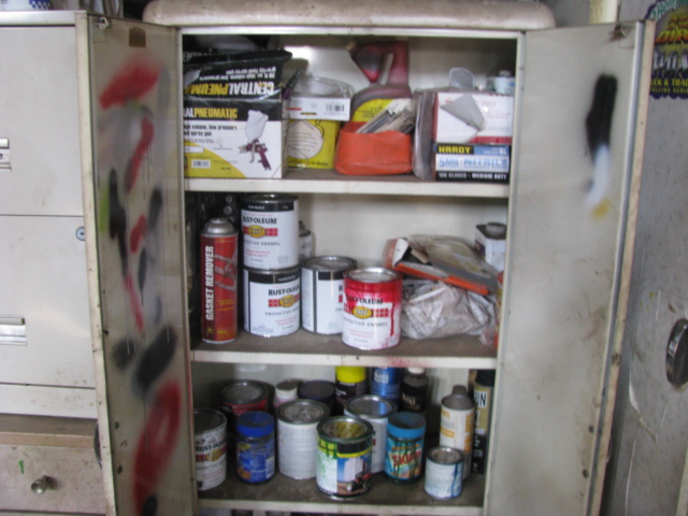This is a series of videos we took baling hay in 2018. First year with the #42 Ejector (pan kicker), so a few bales went over the sides and back... 2018 was a most difficult haying season with all the rain we had and in the video you will see ragged cut grass that was from lodging. We used a John Deere 5055d tractor, JD 348 baler and JD 42 pan kicker - or ejector as Deere calls it. The hay is timothy.
I appreciate everyone's advice over the years and wish all a Merry Christmas and a Happy New Year.
Bill
Baling Hay...
I appreciate everyone's advice over the years and wish all a Merry Christmas and a Happy New Year.
Bill
Baling Hay...



